Top 10 Adventure Motorcycle Riding Tips
Embarking on an adventure motorcycle ride is an exhilarating experience. The thrill of exploring new terrains, the freedom of the open road, and the camaraderie among riders make it a unique endeavor.
Choose the Right Bike
Selecting the right motorcycle is crucial. Adventure bikes come in various sizes and styles, each suited for different types of terrain and riding preferences. Consider factors like engine size, weight, and suspension. A lightweight bike is easier to handle on rough trails, while a more powerful engine is beneficial for long-distance highway travel.
Proper Gear is Essential
Investing in high-quality riding gear is a must. A durable jacket, pants, gloves, and boots are non-negotiable. Don’t forget to wear a helmet. The LIVALL smart motorcycle helmet is a favorite among riders. Crafted from polycarbonate for impact resistance and EPS foam for shock absorption, it ensures maximum protection. This helmet also boasts a high-definition camera to capture your rides, Bluetooth connectivity for seamless map broadcasting, and a one-button emergency call function for enhanced safety.
Know Your Limits
Pushing your limits can be thrilling, but it’s important to recognize and respect them. Understand your skill level and ride within it. Take advanced riding courses to improve your skills and gain confidence in handling different terrains and situations.
Pre-Ride Inspection
Always perform a thorough pre-ride inspection of your motorcycle. Check the tire pressure, brakes, lights, and oil levels. Ensure your bike is in top condition to avoid mechanical failures during your ride. A well-maintained bike is key to a safe and enjoyable journey.
- Tires: Check for proper tire pressure and inspect for any signs of wear or damage.
- Brakes: Test both front and rear brakes to ensure they are functioning correctly. Look for worn brake pads and ensure brake fluid levels are adequate.
- Lights: Ensure all lights, including headlights, brake lights, and turn signals, are operational.
- Oil and Fluids: Check oil levels and look for any leaks. Ensure coolant and brake fluid levels are within the recommended range.
Plan Your Route
While spontaneity is part of the adventure, having a general route planned can save you from potential issues. Research the areas you plan to visit, understand the terrain, and identify fuel stops and accommodations. Having a GPS or a reliable map is essential for navigation.
Pack Smart
Packing efficiently can make a significant difference in your ride. Opt for lightweight, compact gear and avoid overloading your bike. Essentials include tools for basic repairs, first aid kit, extra fuel, and enough water and food. Consider the weather and pack accordingly, layering clothes to manage varying temperatures.

Stay Hydrated and Nourished
Long rides can be physically demanding. Staying hydrated and well-nourished is vital. Carry sufficient water and snacks to keep your energy levels up. Take regular breaks to rest and refuel, ensuring you remain alert and focused throughout your journey.
Understand the Terrain
Each terrain requires a different approach. Sand, mud, gravel, and rocks each present unique challenges. Adjust your riding style accordingly—stand up on your pegs for better control, use smooth throttle inputs, and avoid sudden braking. Practicing on different terrains can significantly improve your riding skills.
Ride with a Group
Riding with others can enhance your adventure. Group rides offer safety in numbers, shared experiences, and the benefit of having help readily available if something goes wrong. Establish clear communication and riding signals within your group to ensure everyone stays informed and safe.
Embrace Technology
Modern technology can significantly enhance your riding experience. Use apps and devices for navigation, weather updates, and emergency assistance. The LIVALL smart helmet, with its integrated camera and Bluetooth capabilities, is a prime example of how technology can make your ride safer and more enjoyable.

Practice Braking Techniques
Effective braking is crucial for safe riding. Practice using both the front and rear brakes smoothly to avoid skidding. Learn to modulate the brakes and understand the bike's behavior under different conditions. Practicing emergency stops can help you react better in unexpected situations.
- Front Brake: The front brake provides most of your stopping power. Apply it smoothly and progressively to avoid locking the front wheel.
- Rear Brake: Use the rear brake in conjunction with the front brake to stabilize the bike. Apply gentle pressure to avoid skidding.
- Emergency Stops: Practice emergency stops by applying both brakes firmly but smoothly. Keep your body weight slightly back to maintain balance and avoid flipping over.
- Engine Braking: Use the engine braking by downshifting when you want to slow down without applying the brakes. This can help maintain control, especially on slippery surfaces.

Master Cornering
Cornering is an essential skill for any motorcyclist. Approach corners at a safe speed, look through the turn to where you want to go, and lean the bike appropriately. Smooth throttle control and consistent speed will help maintain stability and control.
- Entry Speed: Reduce your speed before entering the corner. Entering too fast can cause you to lose control.
- Look Ahead: Look through the corner to where you want to go, not just directly in front of the bike. This helps you maintain the right line.
- Lean In: Lean the bike into the corner while keeping your body upright or slightly leaned in. This helps maintain traction.
- Throttle Control: Smoothly roll on the throttle as you exit the corner to stabilize the bike and maintain speed.
Manage Your Speed
Maintaining a safe speed is vital, especially on unfamiliar roads. Adjust your speed according to the road conditions, traffic, and weather. High speeds reduce your reaction time and increase the risk of accidents. Remember, it’s not about how fast you go, but how well you ride.
- Speed Limits: Always adhere to posted speed limits and adjust your speed based on road conditions.
- Visibility: Slow down in poor visibility conditions like fog, rain, or at night.
- Traffic: Maintain a safe distance from other vehicles and be prepared to react to sudden stops or changes in traffic flow.
- Road Conditions: Reduce speed on rough, gravel, or wet roads to avoid losing control.
Handle Obstacles with Care
When encountering obstacles like rocks, logs, or potholes, approach them at a moderate speed. Stand up on the pegs to shift your weight and absorb shocks with your legs. Maintain a steady throttle to keep the bike stable while navigating over or around obstacles.
- Approach: Slow down as you approach the obstacle and decide whether to go over it or around it.
- Position: Stand up on the pegs to shift your weight and improve control.
- Throttle: Maintain a steady throttle to keep the bike stable.
- Look Ahead: Keep your eyes on the path you want to take, not directly on the obstacle.
Use Your Body Weight
Shifting your body weight can greatly improve your bike's handling, especially on rough terrain. Lean forward when climbing hills and shift your weight back when descending. This helps maintain traction and control, making your ride smoother and safer.
- Climbing Hills: Lean forward to keep the front wheel down and maintain traction.
- Descending Hills: Shift your weight back to avoid the front wheel locking up.
- Cornering: Lean your body into the turn to help maintain balance and control.
Conclusion
Adventure motorcycle riding is an incredible way to explore the world. By following these tips, you can ensure a safer, more enjoyable ride. Remember, preparation and awareness are key to making the most of your adventure.
FAQs
What type of motorcycle is best for adventure riding?
The best type of motorcycle for adventure riding depends on your preferences and the terrain you'll be riding on. Generally, lightweight bikes with good suspension and a powerful engine are ideal.
Why is wearing a helmet so important?
Wearing a helmet, like the LIVALL smart helmet, protects your head in case of an accident and can save your life. It also offers additional features like a high-definition camera and emergency call function.
How should I prepare for a long-distance motorcycle trip?
Prepare for a long-distance trip by performing a thorough pre-ride inspection, planning your route, packing essential gear, and staying hydrated and nourished. Proper preparation ensures a safe and enjoyable journey.









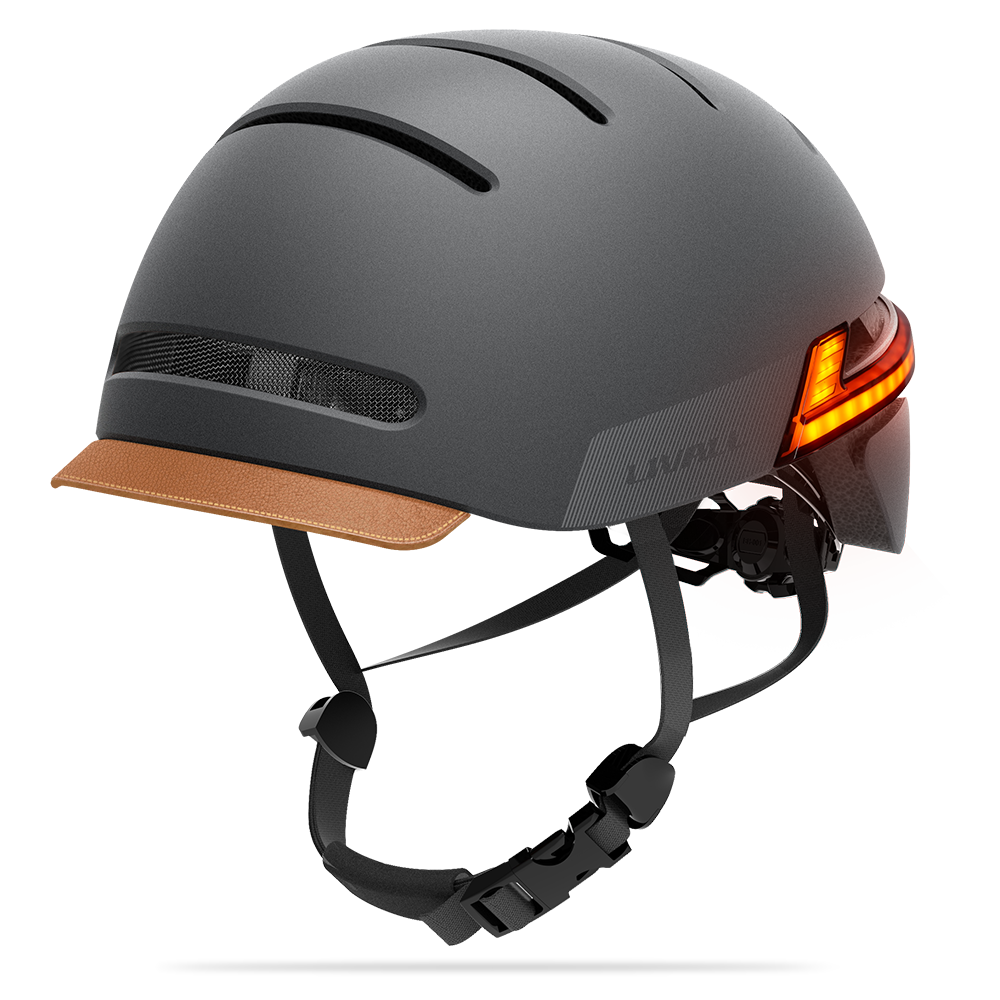




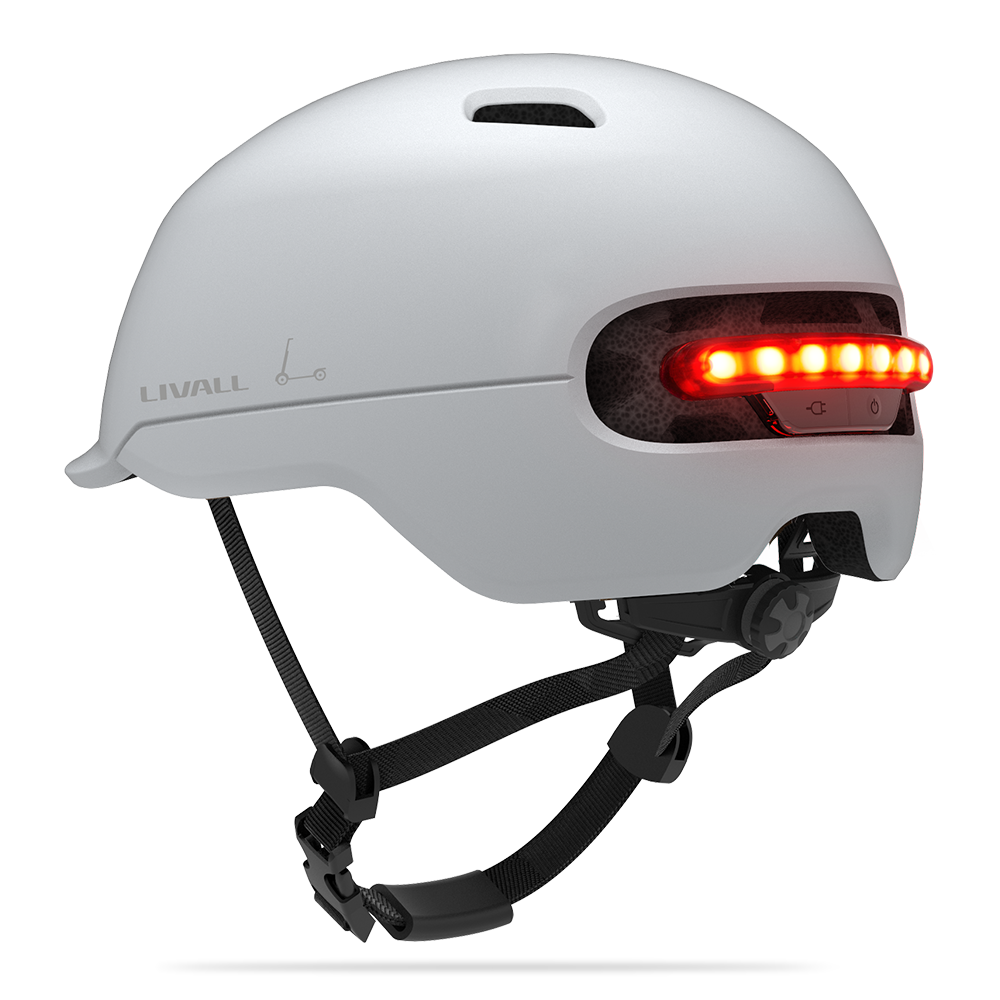
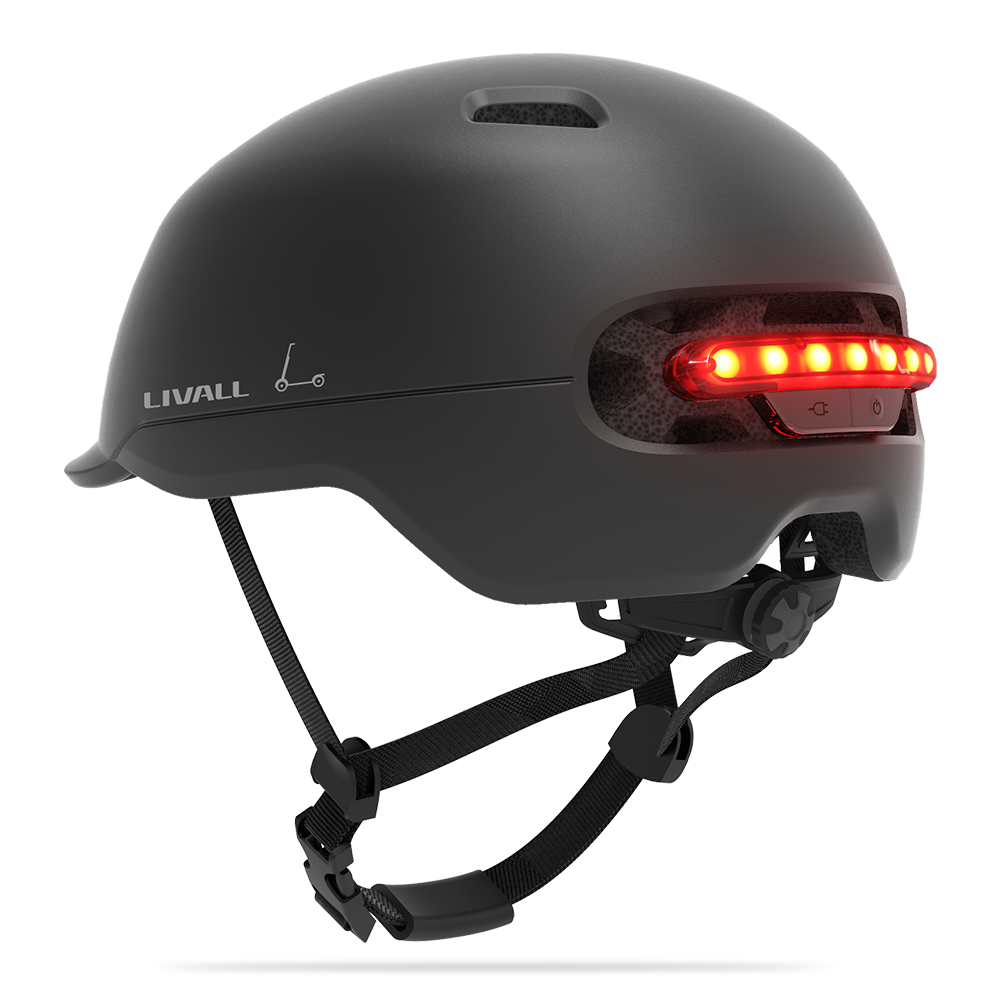
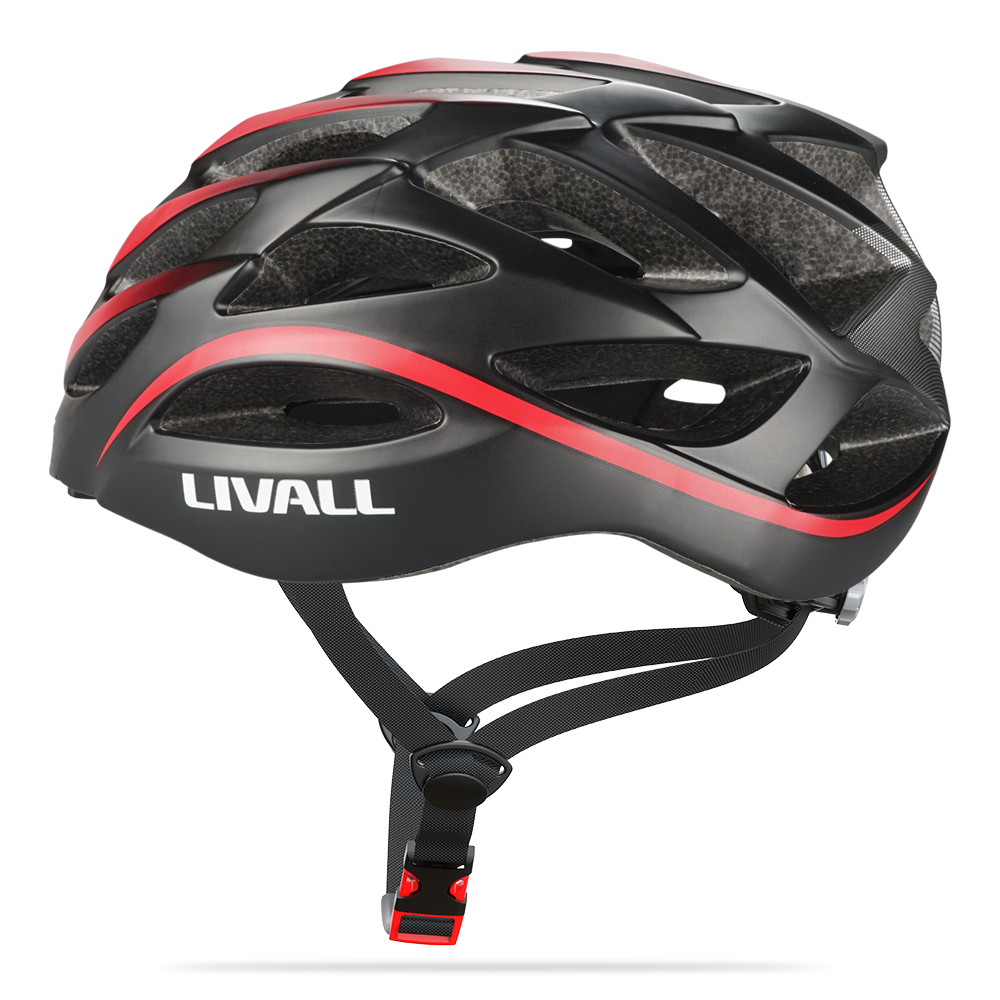
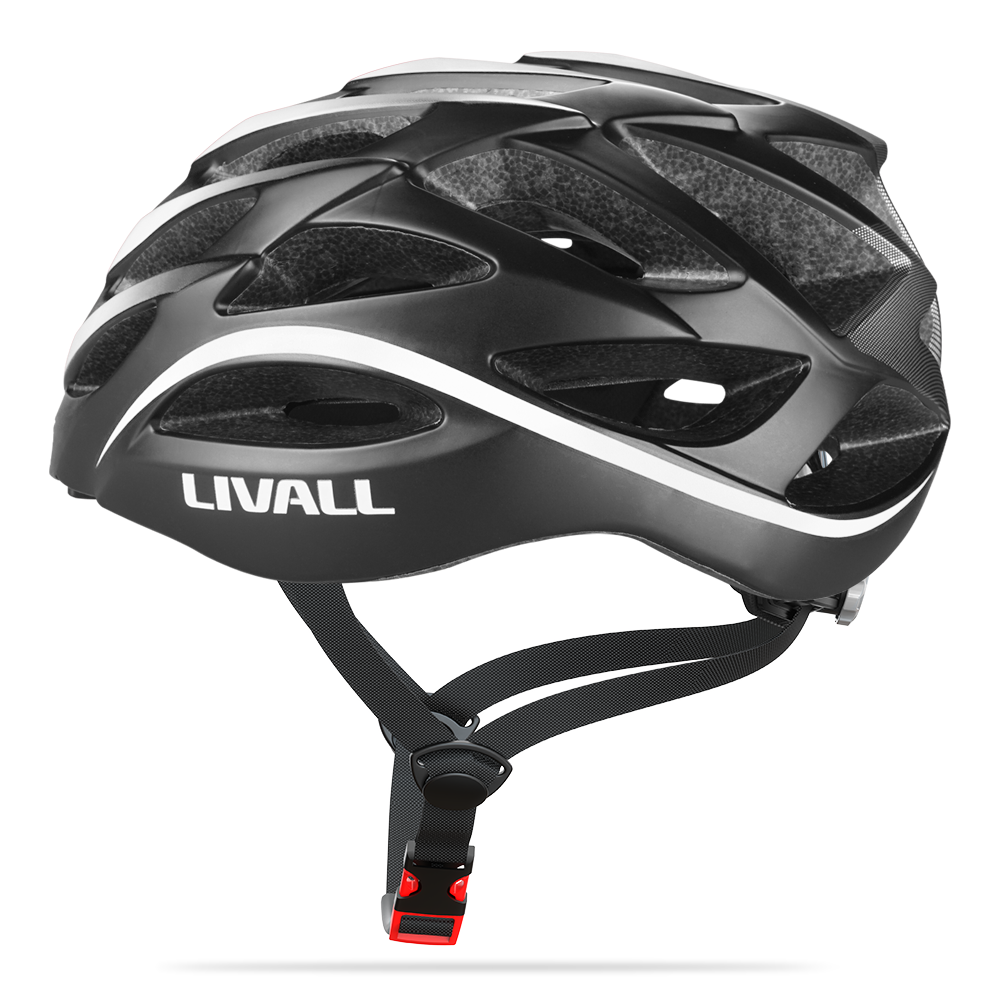


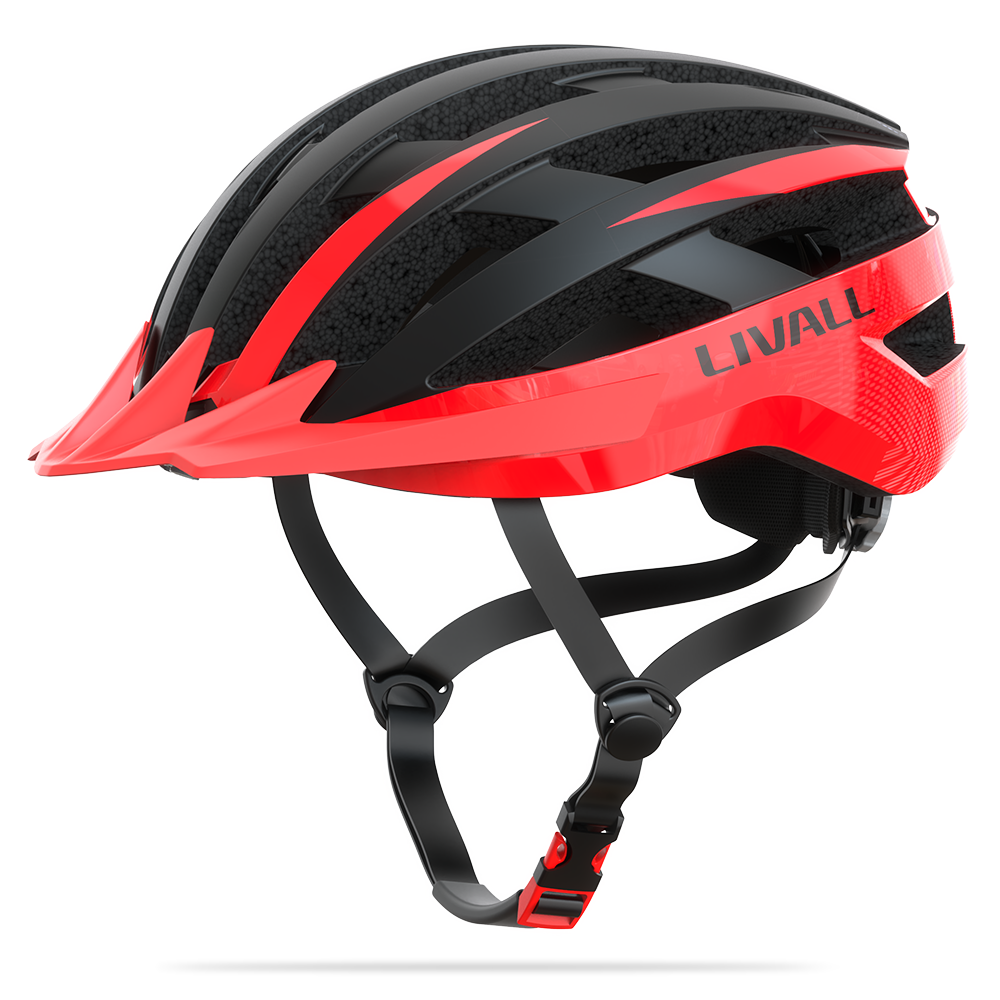

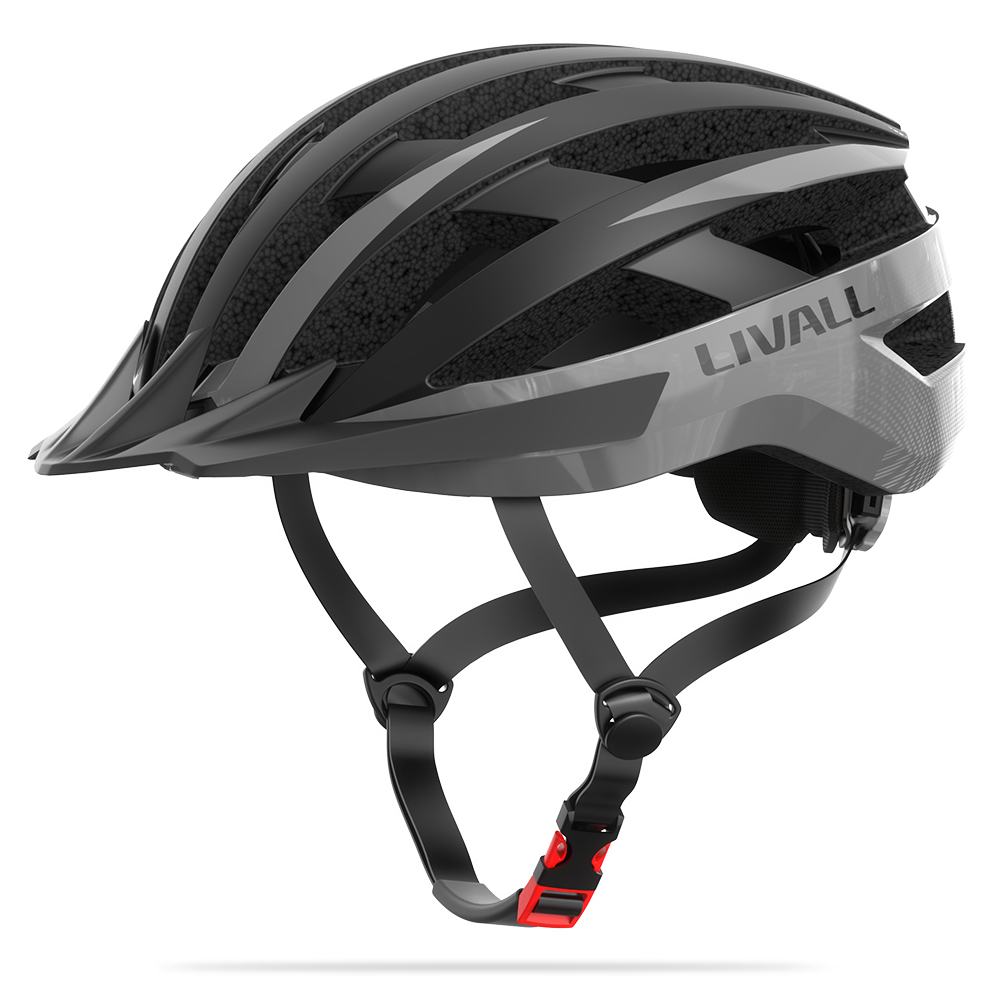
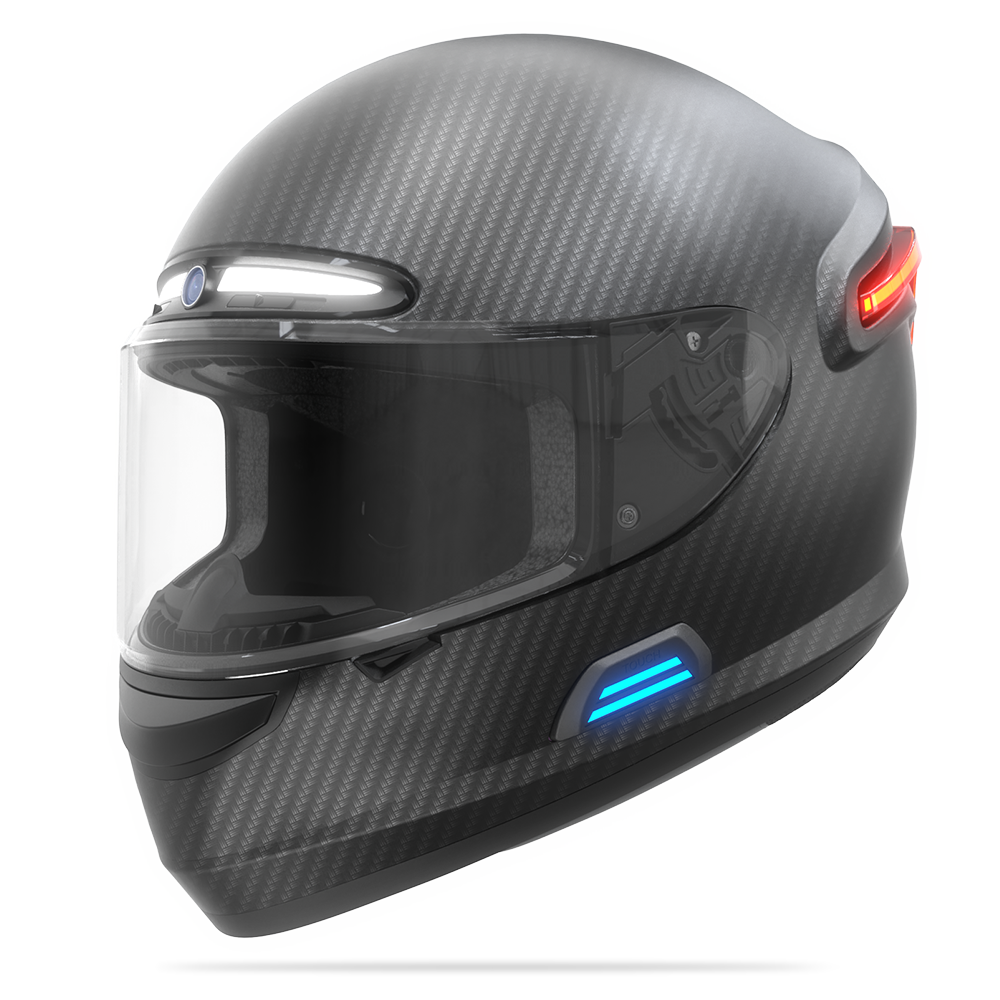


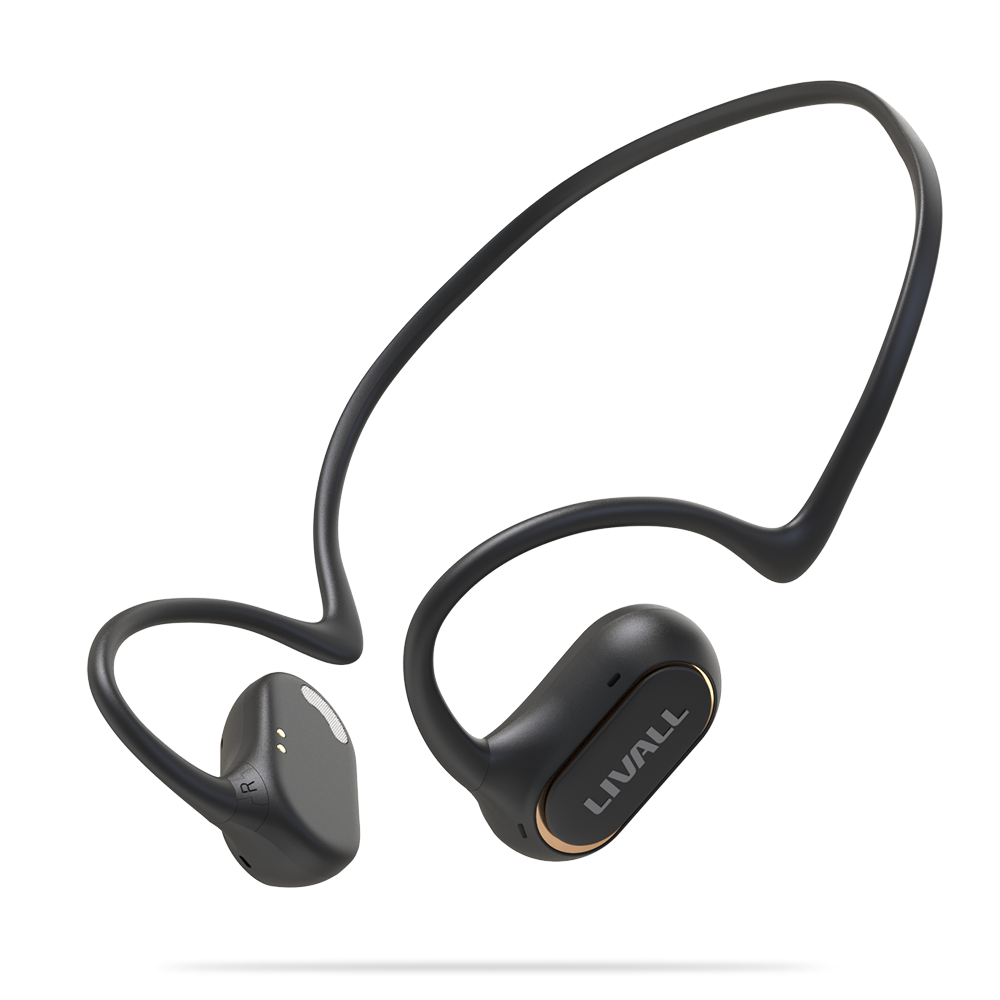

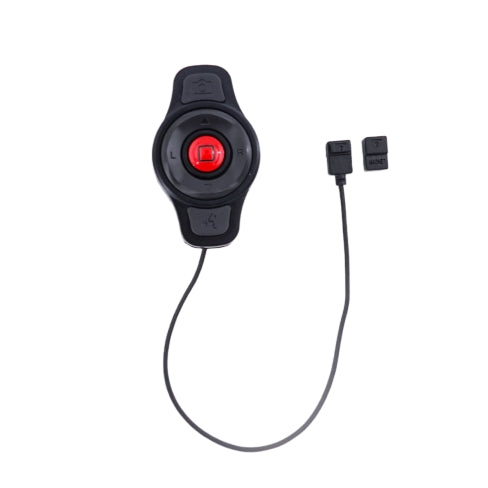
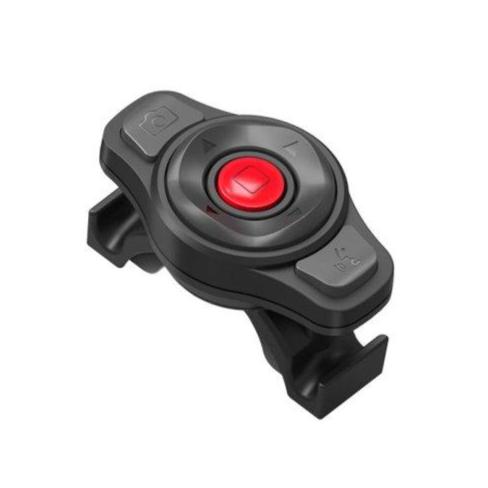
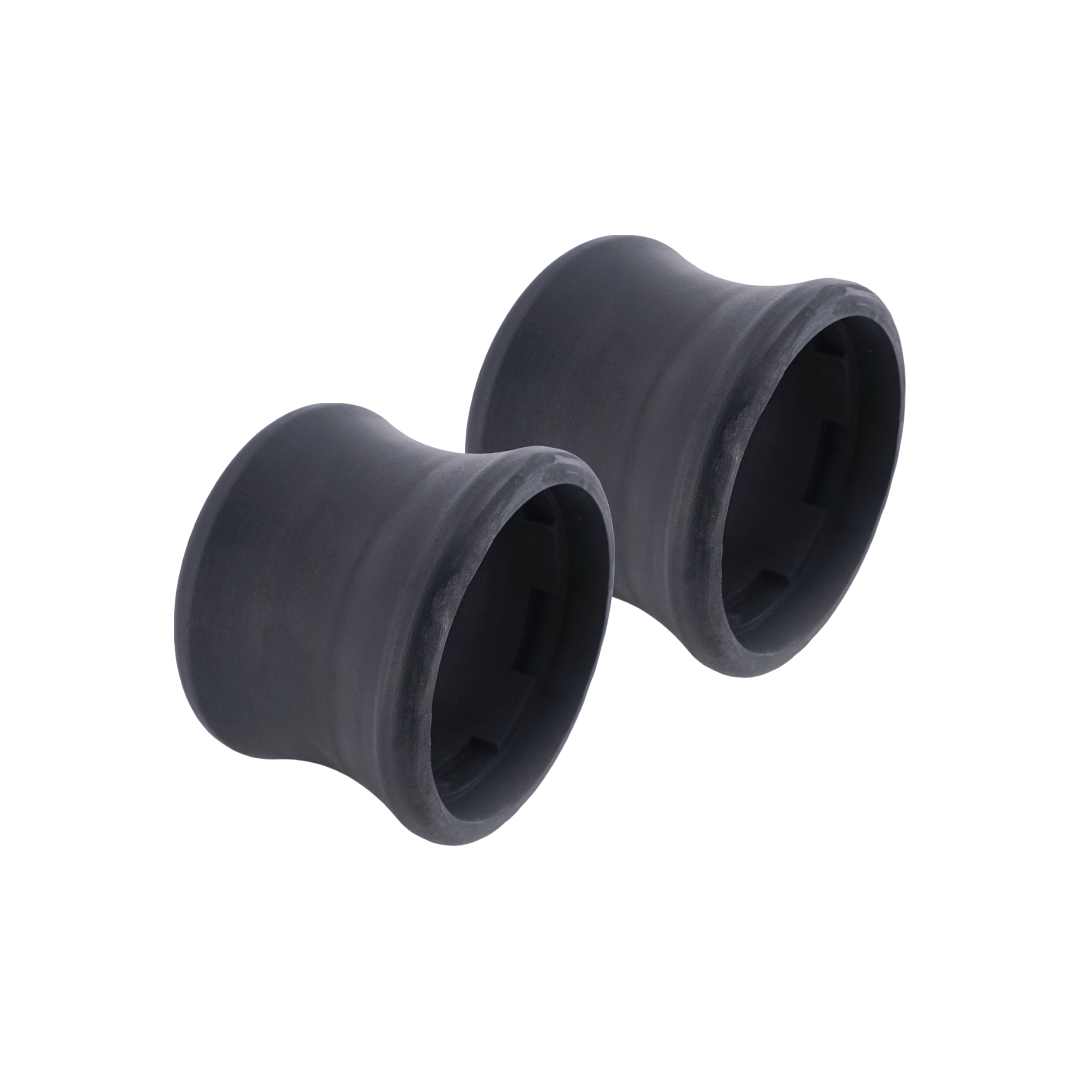
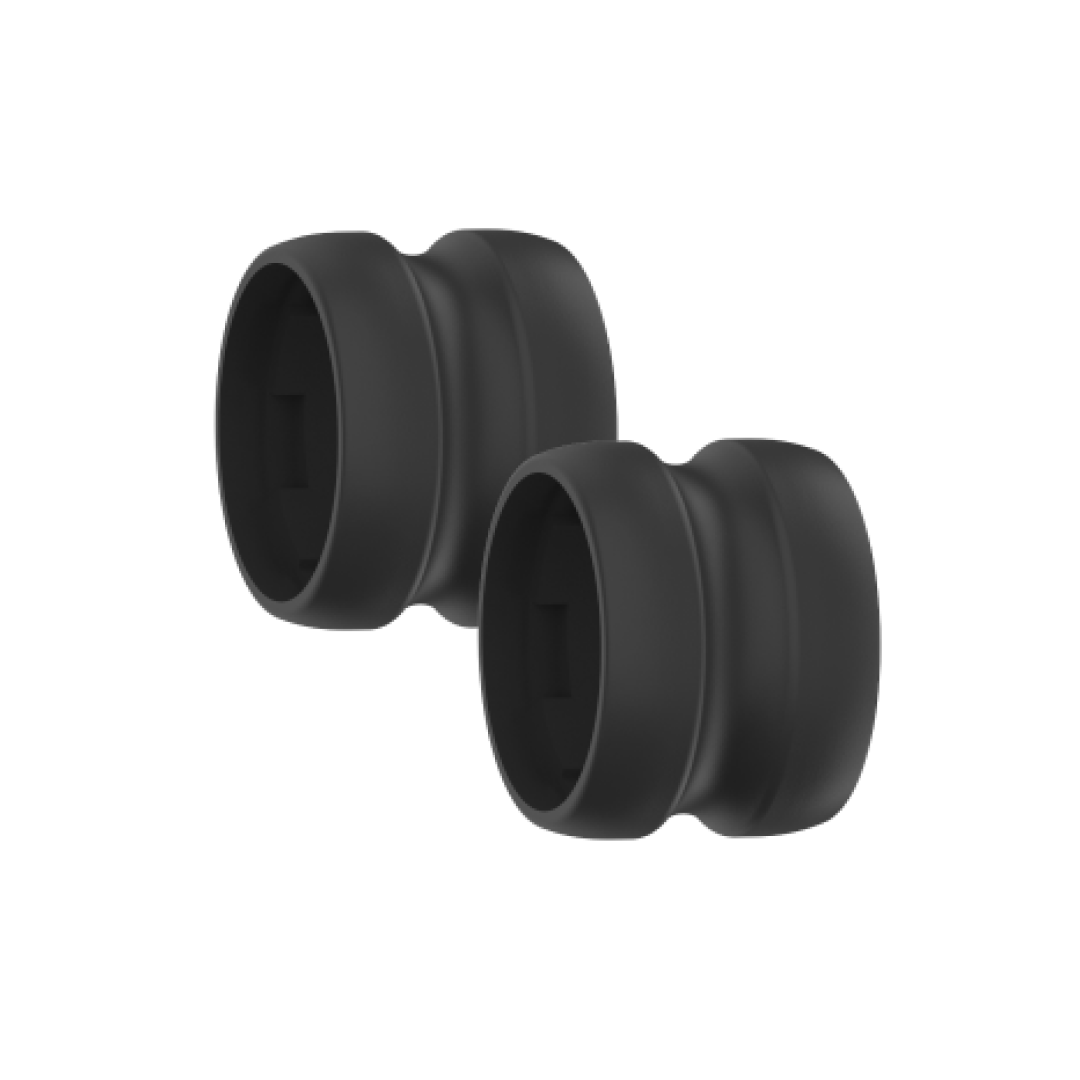
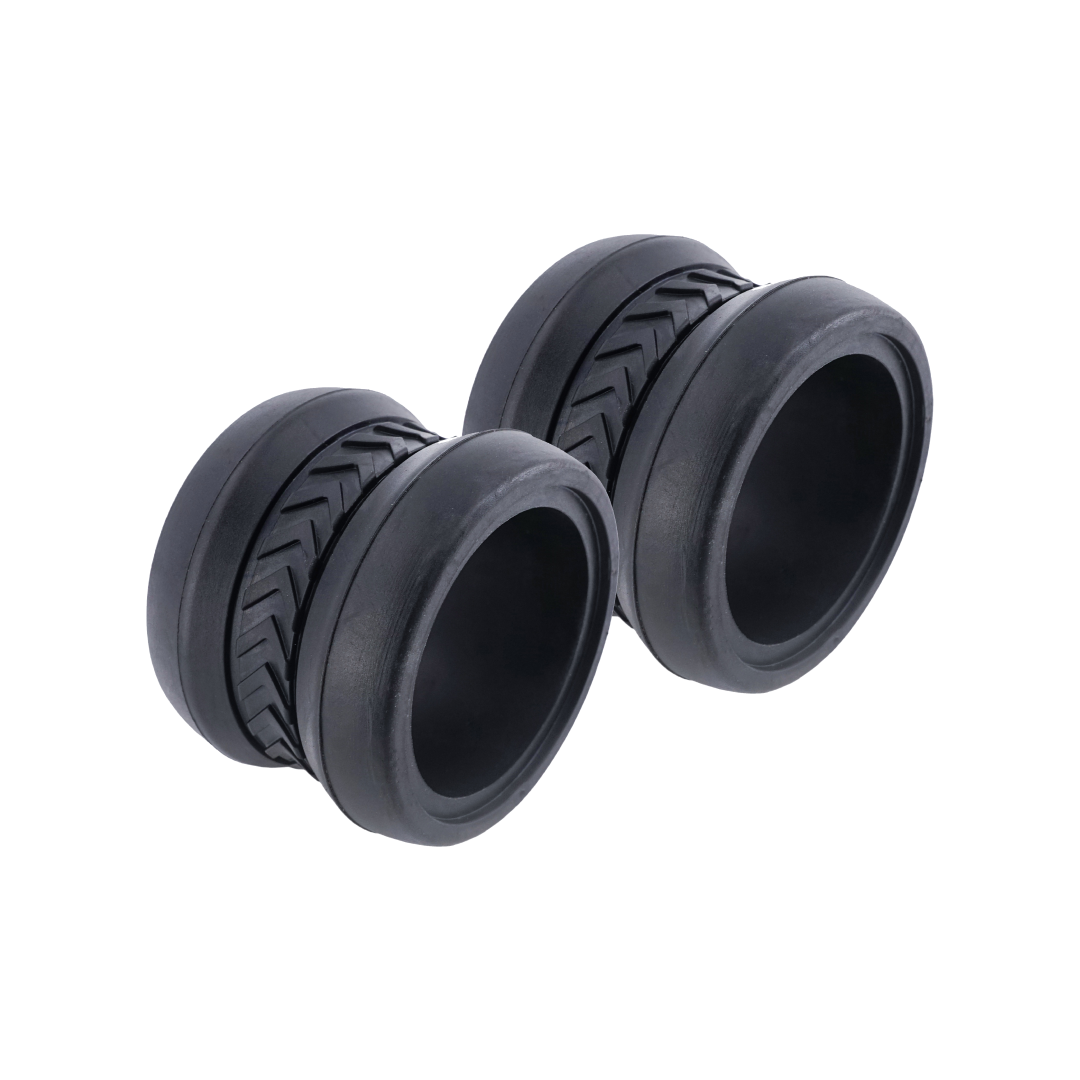
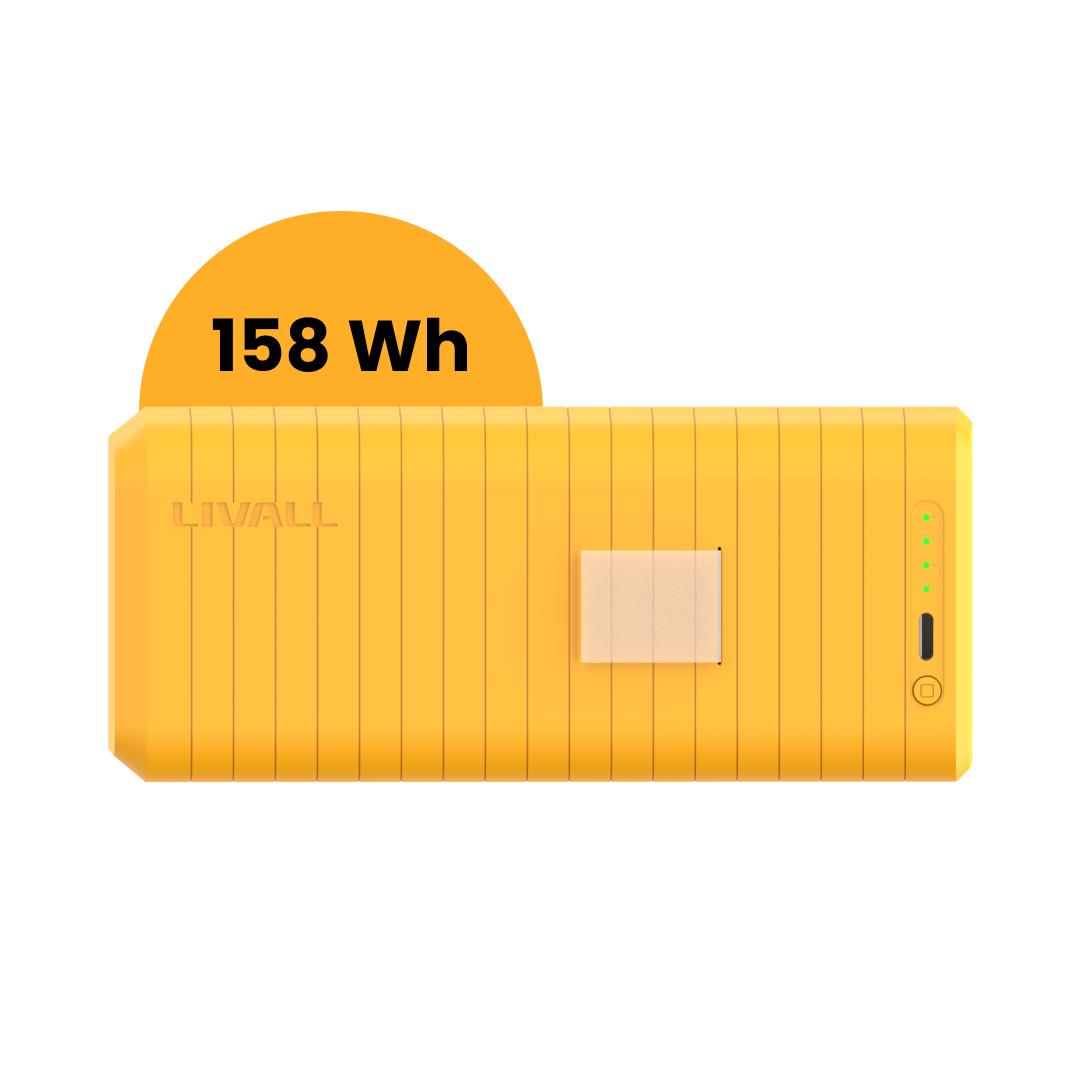

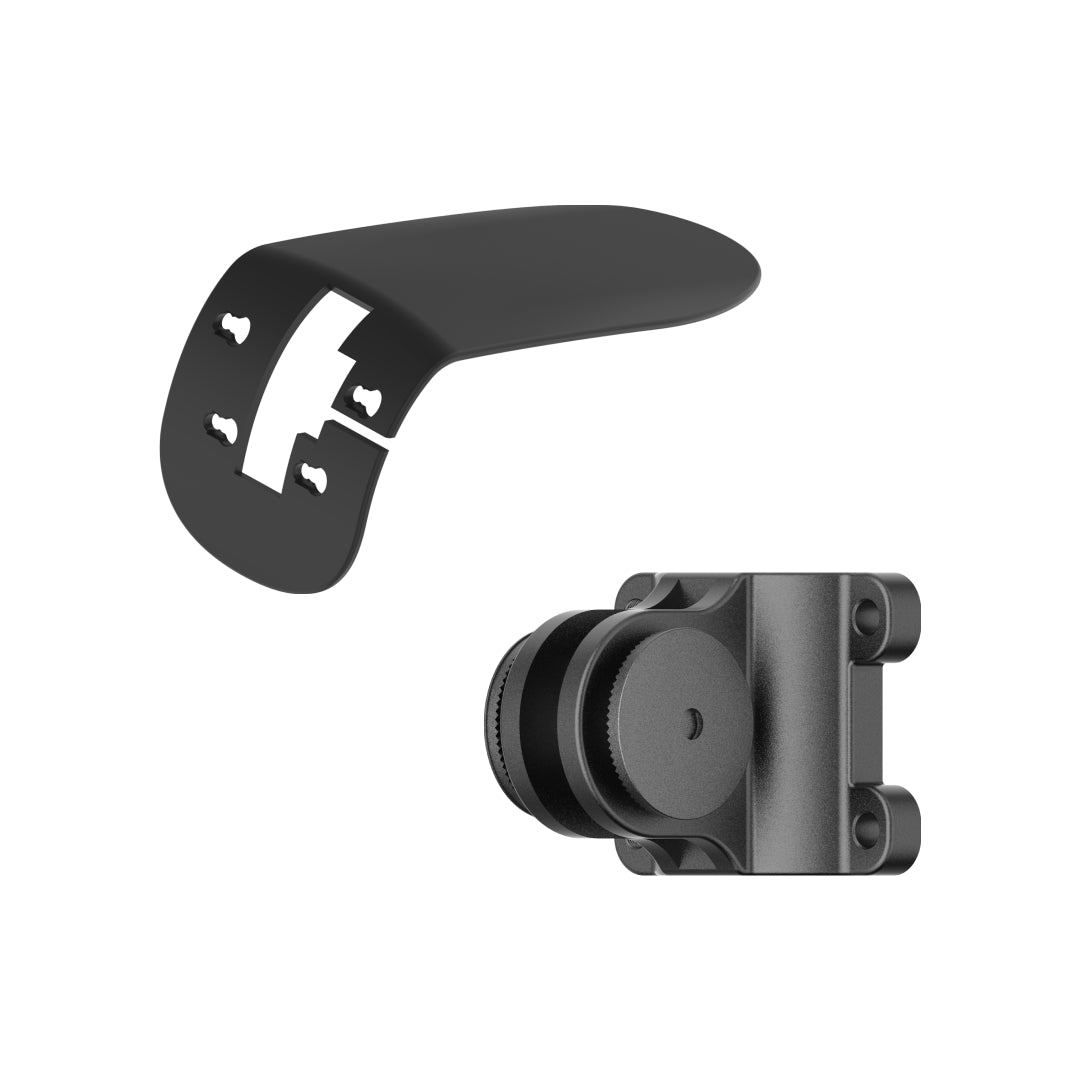
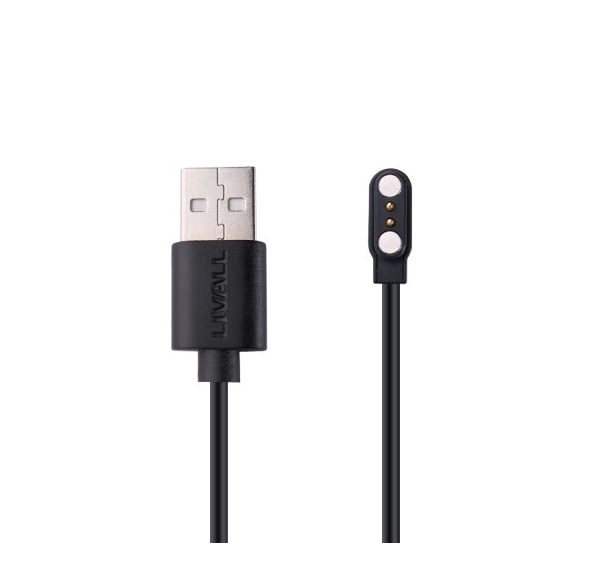
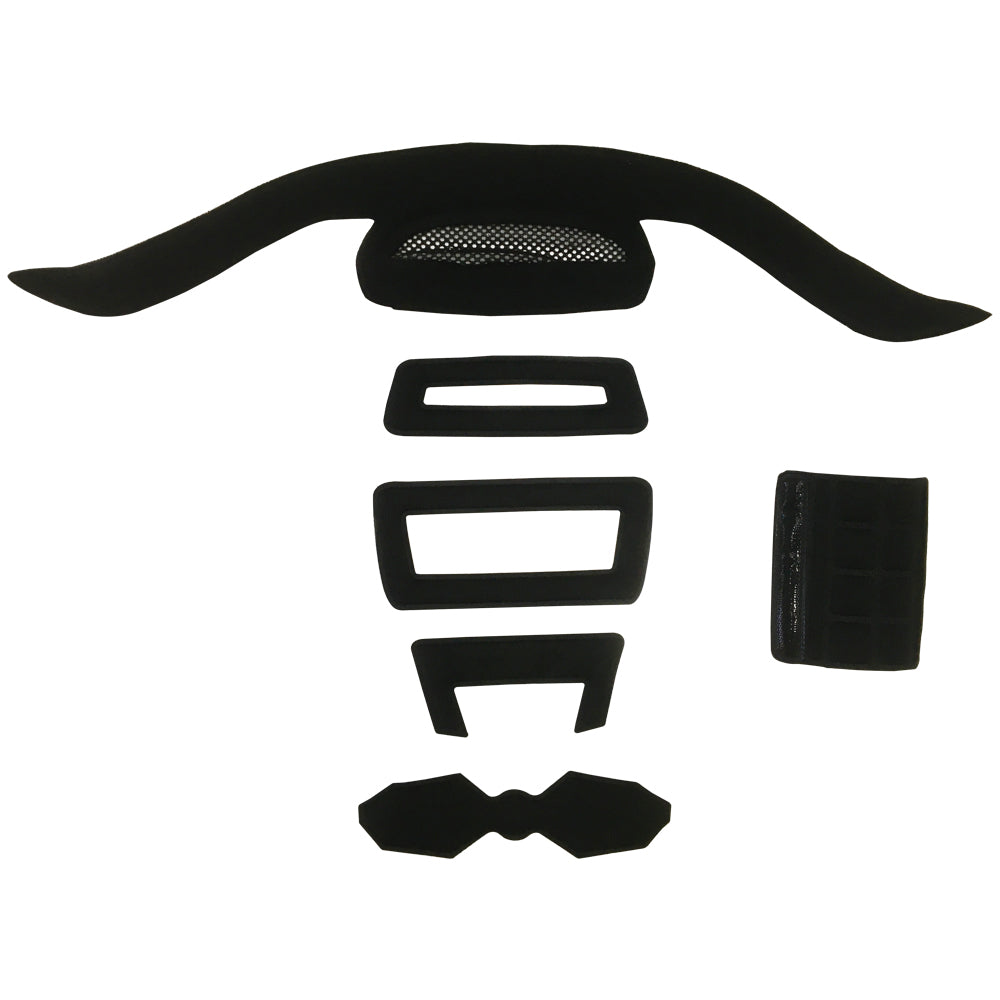
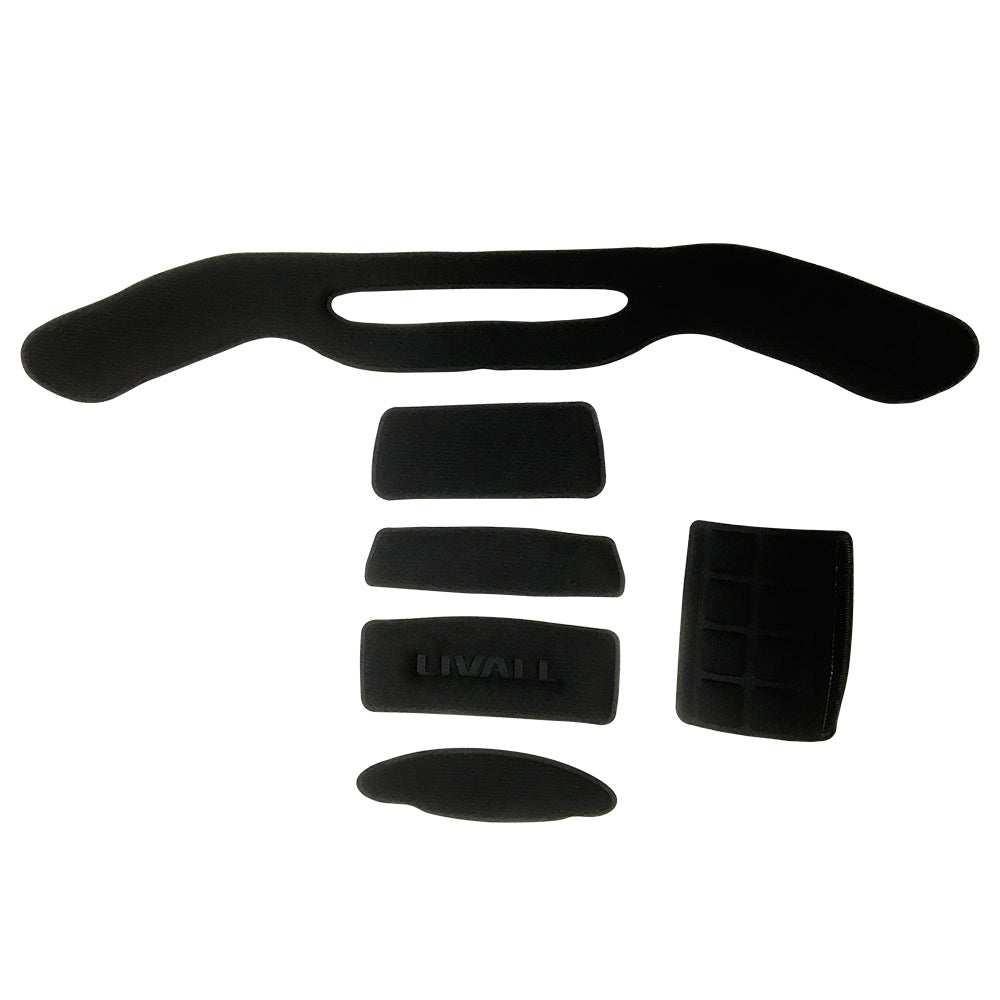
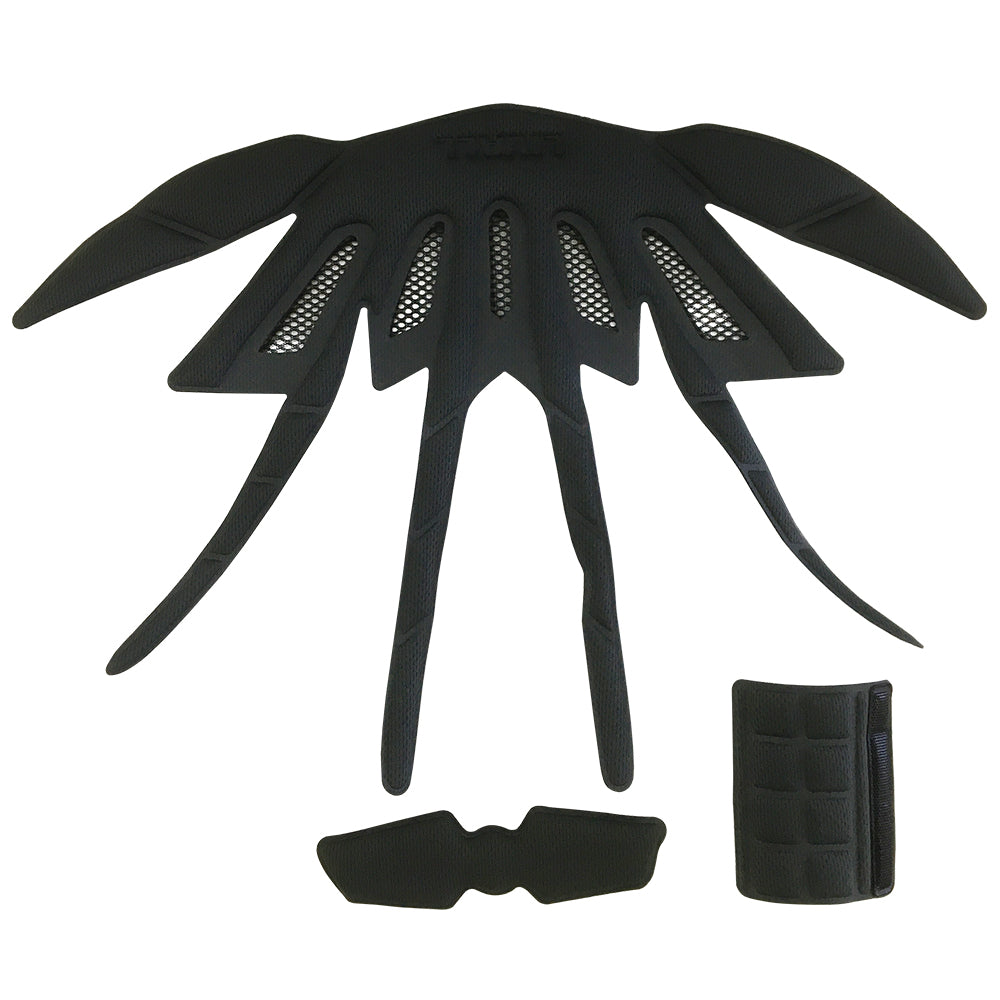
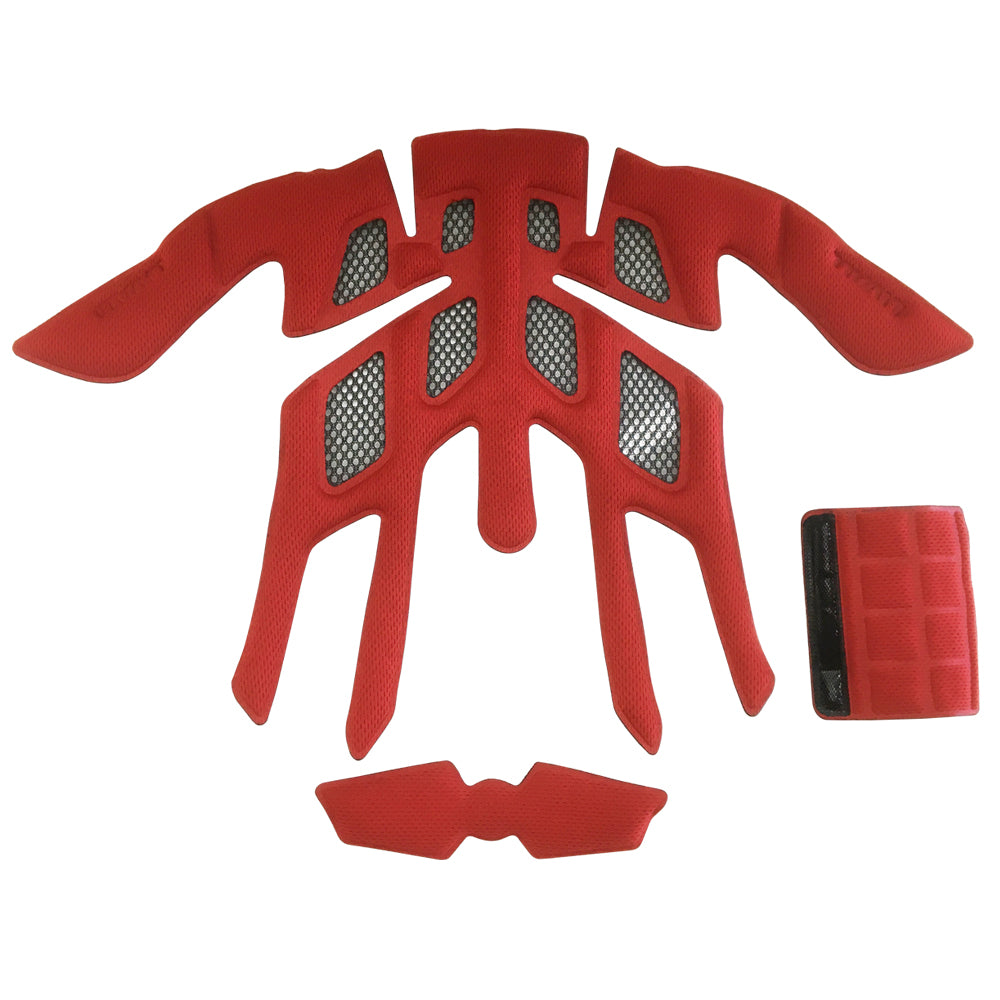
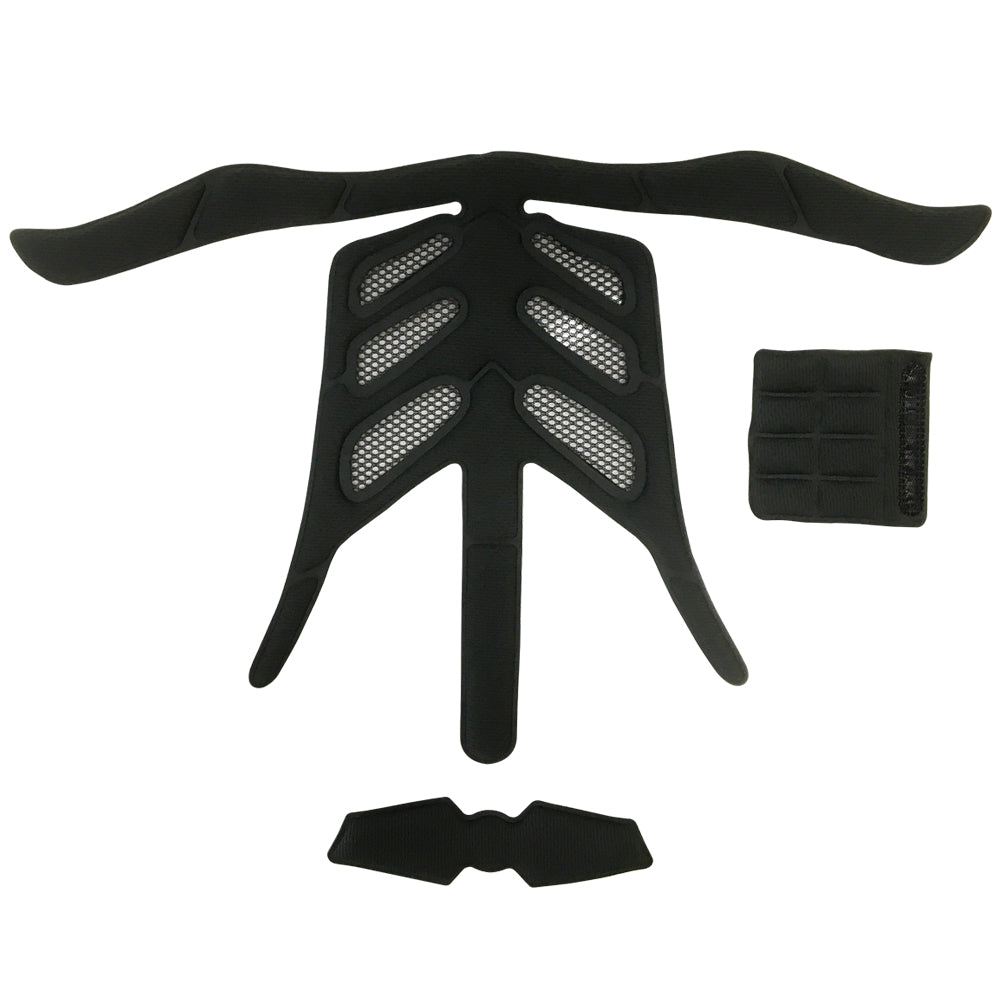
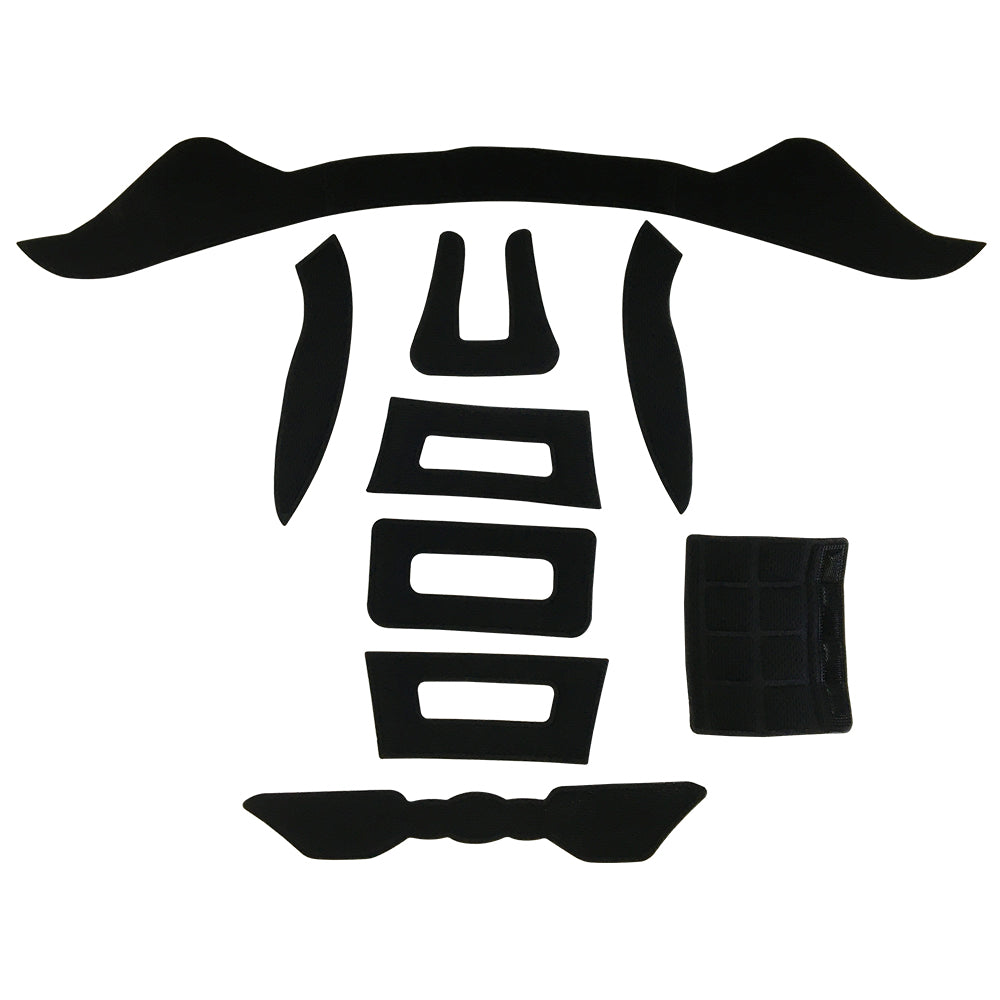

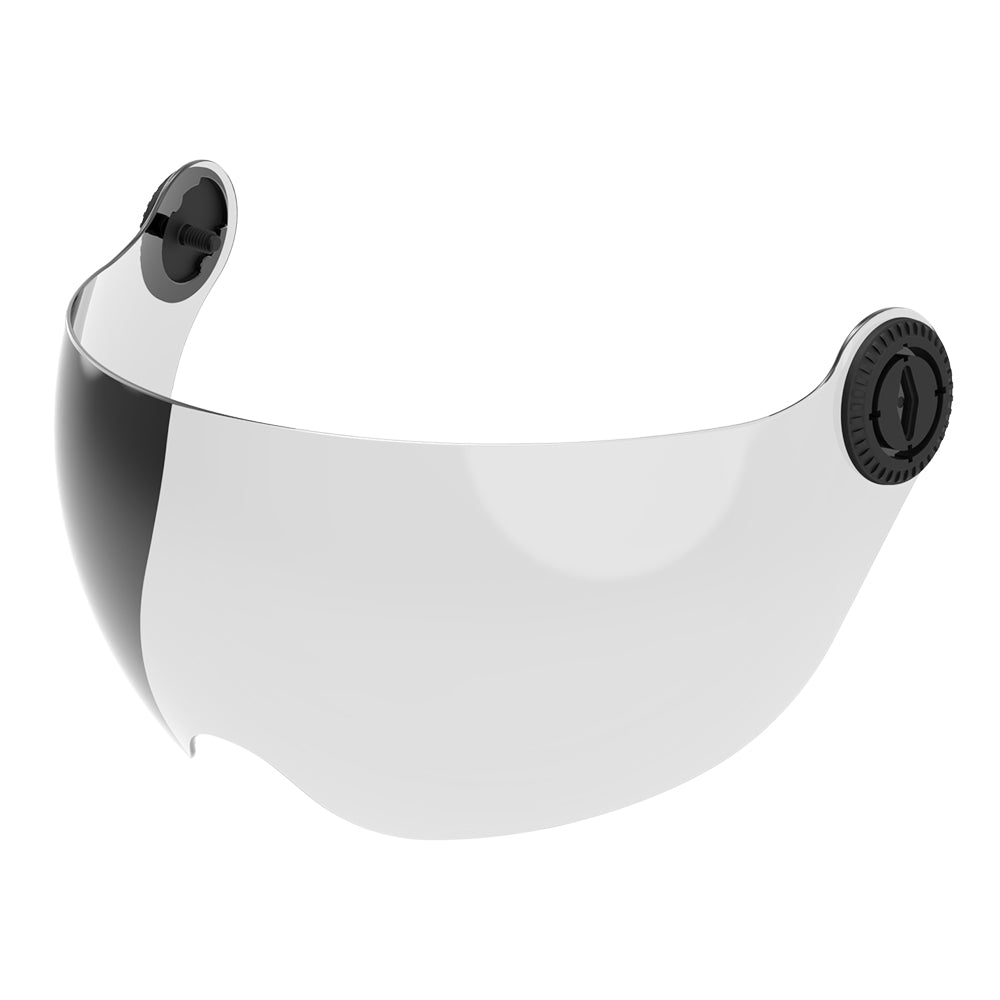
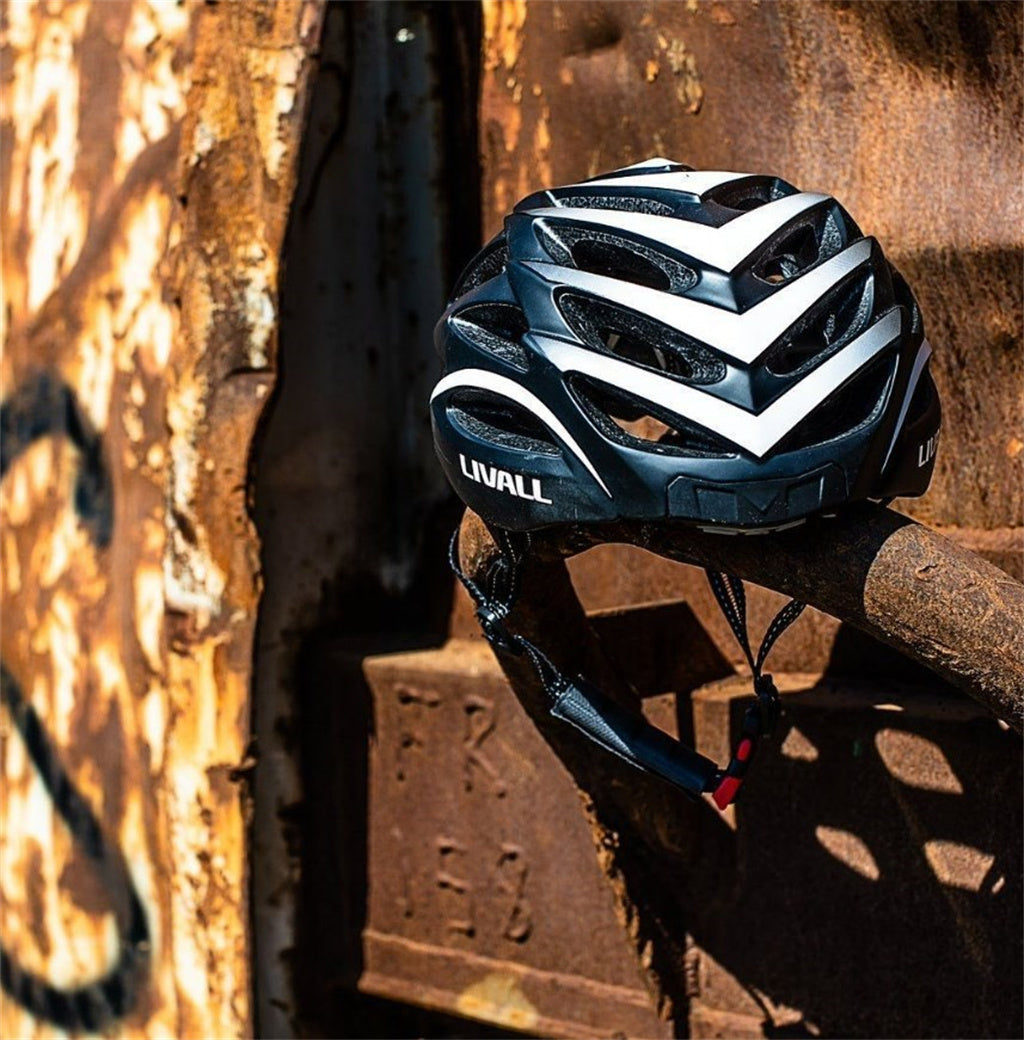


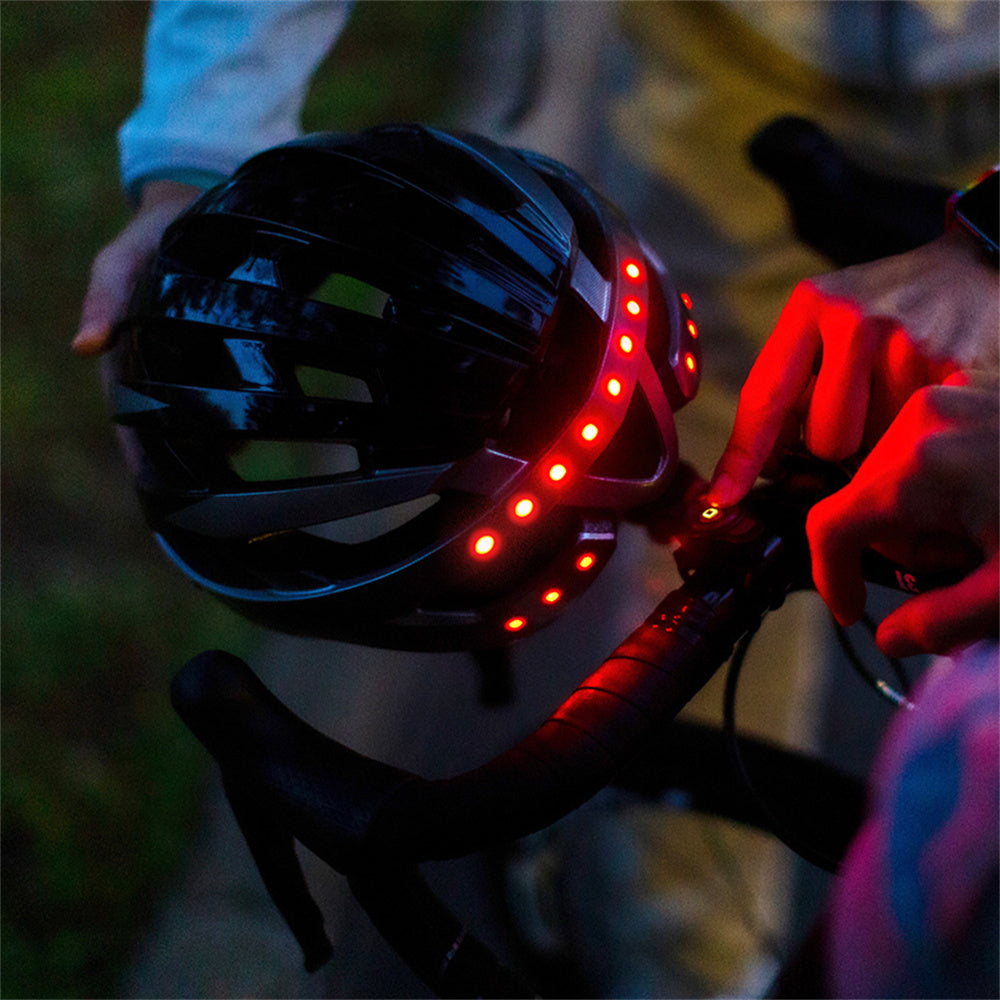



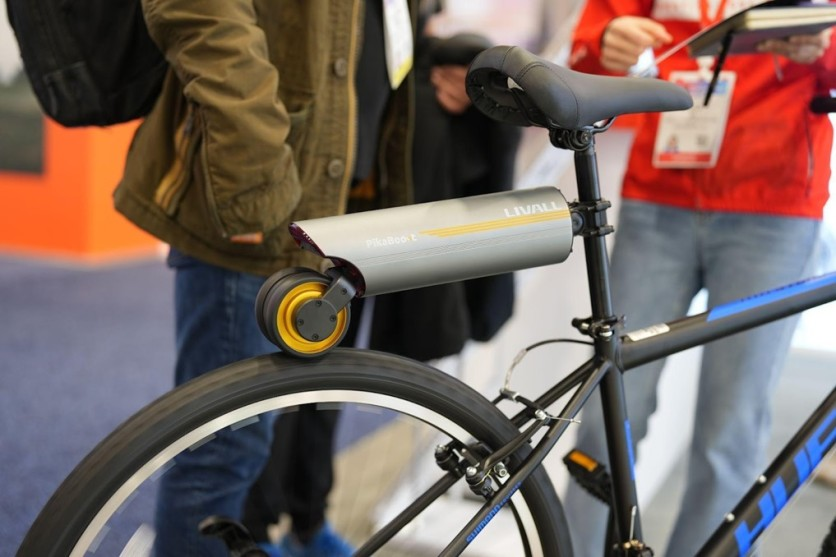

Leave a comment